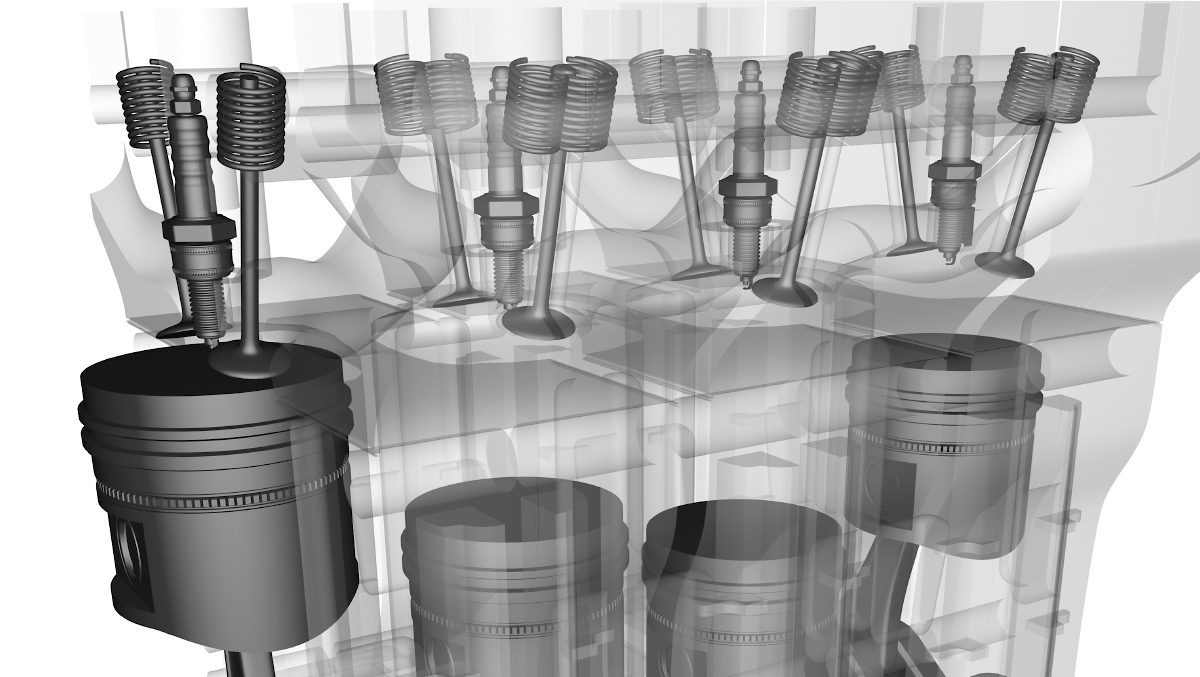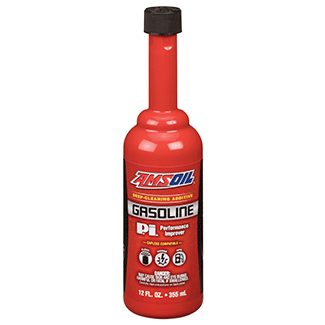Spark plugs are responsible for igniting the air/fuel mixture inside an engine. They do their job by creating a miniature bolt of lightning, or spark, within the combustion chamber as the piston reaches the top of the compression stroke. As such, spark plugs are a critical component of gasoline engines.
Spark plugs ignite a mixture of air and fuel, creating an explosion that is converted to mechanical power.
How Spark Plugs Work
Two metal electrodes on the tip of the spark plug create a gap that electric current must cross. And it’s no small act. In fact, it takes a lot of voltage to make it happen. Spark plugs usually require 12,000–25,000 volts or more to fire – and can be as high as 45,000 volts.
Spark plugs draw their power from the high-voltage current generated by an ignition coil or magneto. As electricity flows from the coil, a voltage difference develops between the center electrode and ground electrode on the spark plug. At first, nothing happens. That’s because the distance between the electrodes and the insulating properties of the air/fuel mixture creates a lot of resistance for the electric current.
But as the voltage continues to rise it begins to alter the molecular structure of the gases between the electrodes, causing them to become ionized. The ionized gas allows current to flow across the gap and the spark plug fires.
The intense heat created by the spark creates a small fireball within the gap. That combustion kernel rapidly expands until the entire air/fuel mixture within the cylinder chamber combusts. The resulting explosion creates power that the engine can harness.
Heat Range
Spark plugs work properly within a certain heat range. Temperature on the firing end of a spark plug must be kept high enough to prevent fouling but low enough to prevent pre-ignition of the air/fuel mixture. The exact operating temperature range for spark plugs varies depending on the application and spark plug design, but they generally operate with an electrode temperature normally between 930°F (500°C) and 1,470°F (800°C).
To avoid overheating and causing pre-ignition, spark plugs disperse excess heat through the plug into the water jacket of the cylinder head. How much heat the spark plug can disperse is known as its heat range or thermal performance.
Cold vs. Hot Spark Plugs
Cold spark plugs have a short heat flow path for a rapid rate of heat transfer. They also use a short insulator nose to limit heat absorption.
Hot spark plugs are just the opposite. They feature a longer insulator nose and longer heat flow path. The design slows the rate of heat transfer to the water jacket.











Comments
Brad Nelson is a staff writer for AMSOIL. Outside of work he enjoys family adventures, wilderness exploration and riding/wrenching on vintage metric motorcycles.
Share: